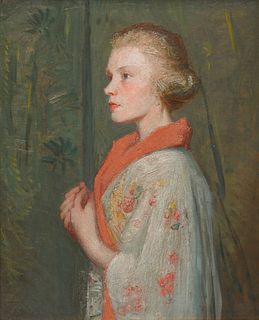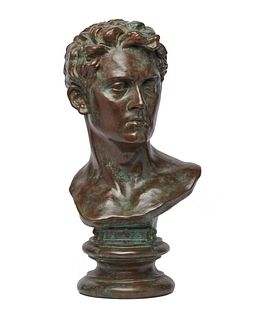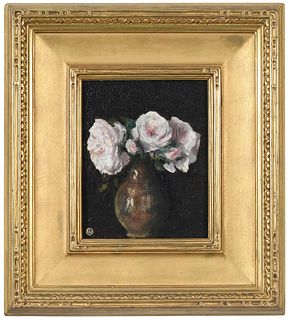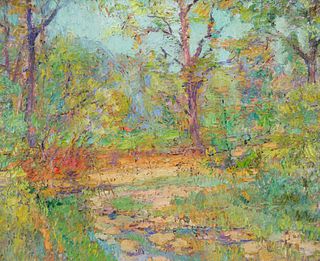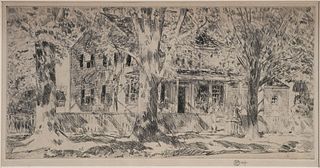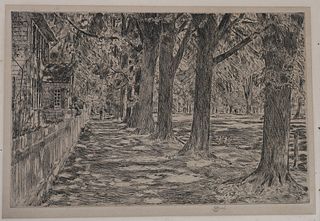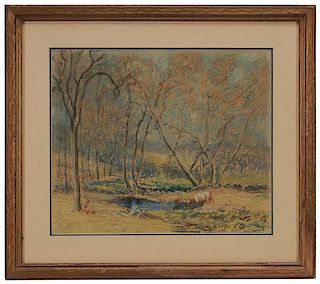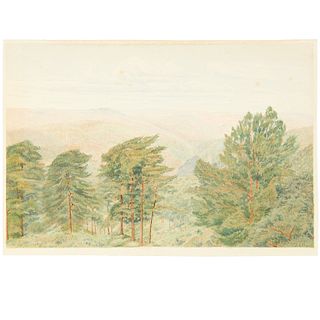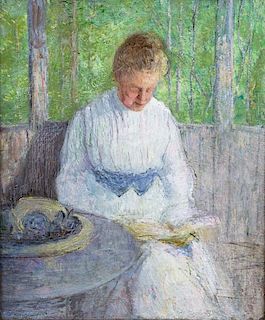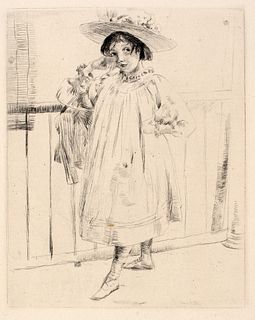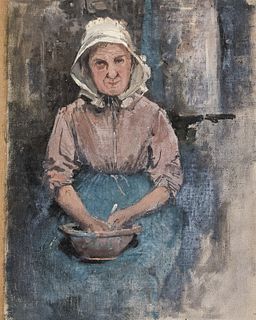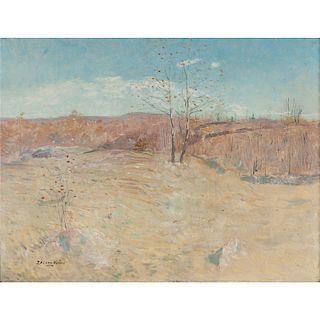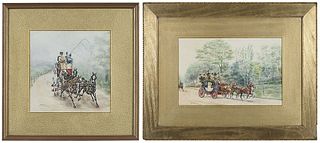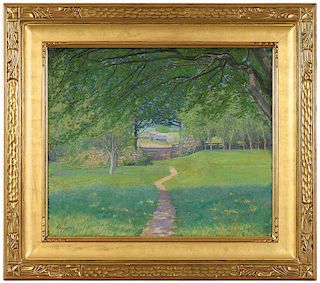Julian Alden Weir (1852—1919), a prominent impressionist, is best known for his lyrical landscapes and figure works characterized by quiet elegance. While Weir was initially conservative in his approach to art, he gradually began to explore new techniques in search of his expression. Eventually, he turned to Impressionism, despite his initial distaste for the French style. The fusion of Weir's decorative painting style with contemporary themes contributed to the development of American Impressionism. Earlier, Weir had established himself with lush paintings, adding vibrant floral compositions to his still-life compositions. In addition to receiving numerous honors, Julian Alden Weir contributed to the establishment of many of today's art societies, such as The Ten, the Tile Club, and the Society of American Artists.
The general free-flowing style dominated his etchings and drypoints as part of the revival of the etching medium. Despite the experimental tendencies of his etchings, watercolors, and pastels, Weir's paintings were meticulously rendered, perfectly balanced, and dominated by dark, rich colors. During his first major solo exhibition, he was credited with being the first American artist to apply impressionist techniques to his art. In the years following the first trip to Europe, Weir began to develop a more daring style of painting and picked up several impressionist traits from his American peers, which eventually led to his participation in The Ten group.
Weir utilized the spontaneity of pastels and watercolors as a means of developing new strategies for his paintings. In his outdoor paintings, Weir combined the lighter and softer colors of post-impressionists with ornamental elements by using cropped compositions inspired by Manet's paintings. Weir had numerous paintings influenced by the rural scene he encountered around Branchville, Connecticut, including Spring Landscape, Branchville. He became known for his peaceful paintings depicting waving grasses, sleeping dogs, and a quiet Anna, his wife, by the steps of his home.
There are over 450 paintings by Weir, of which the two greatest are the Windham area landscapes, The Red Bridge, and The Factory Village. The 1895 masterpiece The Red Bridge depicts a truss bridge spanning the Shetucket River in Windham. Water reflections in this painting have a remarkable degree of realism, largely because of the way Weir combines the red bridge with the green of the forest, blue skies, and rivers. In The Factory Village, Weir displayed a harmonious blend of progress and nature, in tribute to New England's picturesque industrial landscape. In this serene scene, there are no indications of labor or financial difficulties at the company.
By 1900, Weir was widely acknowledged for being a prominent artist of his time. As a result of his work, he received several awards, and he became president of the National Academy of Design in 1915. The artist's country residence, Weir Farm, has been designated as a National Historic Site.
Julian Alden Weir Paintings for Sale
Choose your favorite J Alden Weir paintings for sale on online auction Bidsquare. Find the artist's paintings, prints, and other works in our collection of his works. Browse the catalog of paintings in oil and pastel by the artist. The art of Julian Alden Weir is also available in a variety of mediums, such as canvas, engraving, and drypoint, among others.
Looking for auctions near me ? Visit Bidsquare's auction near me page to discover upcoming auctions near you.
 Estimate$1,000 - $2,000
Estimate$1,000 - $2,000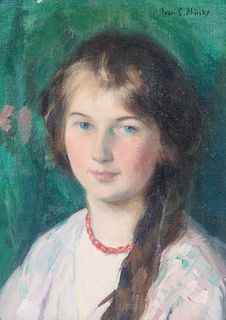 Estimate$2,500 - $3,500
Estimate$2,500 - $3,500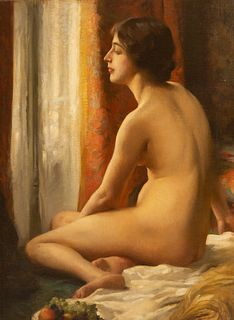 Estimate$5,000 - $7,000
Estimate$5,000 - $7,000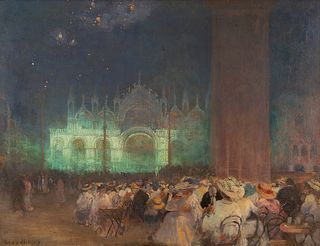 Estimate$30,000 - $40,000
Estimate$30,000 - $40,000 Estimate$2,000 - $4,000
Estimate$2,000 - $4,000 Estimate$20,000 - $30,000
Estimate$20,000 - $30,000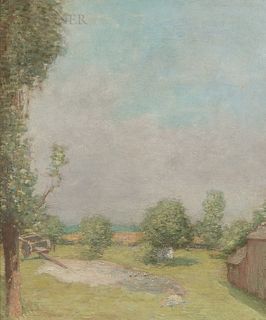 Estimate$8,000 - $12,000
Estimate$8,000 - $12,000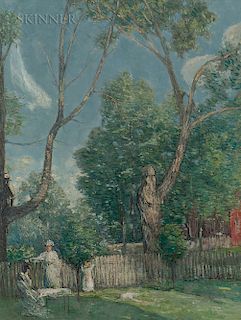 Estimate$20,000 - $30,000
Estimate$20,000 - $30,000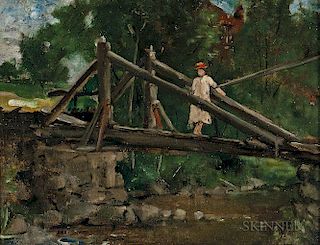 Estimate$5,000 - $7,000
Estimate$5,000 - $7,000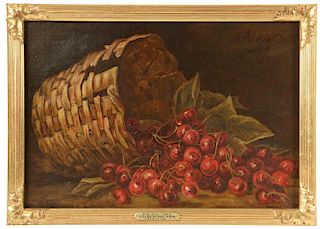 Estimate$3,000 - $4,000
Estimate$3,000 - $4,000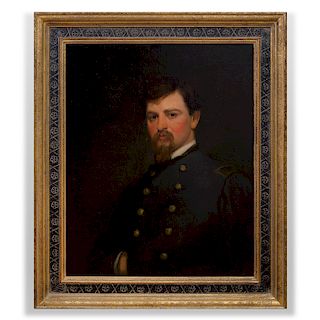 Estimate$800 - $1,200
Estimate$800 - $1,200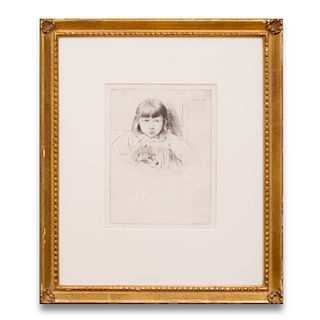 Estimate$300 - $500
Estimate$300 - $500


 EUR
EUR CAD
CAD AUD
AUD GBP
GBP MXN
MXN HKD
HKD CNY
CNY MYR
MYR SEK
SEK SGD
SGD CHF
CHF THB
THB Live Auction in Progress
Live Auction in Progress
